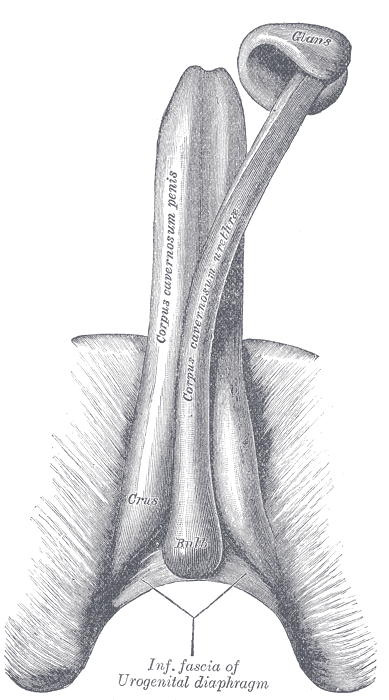| drug name | Vacuum Erection Device (VED) |
| Classification | Mechanical Erection Aids |
| Pharmacokinetics | VEDs do not have systemic absorption, as they are applied locally. The mechanism of action is purely mechanical, relying on negative pressure to draw blood into the penis. |
| suggested dosage | Usage instructions vary by device. Consult the device manual for specific instructions. Devices are generally used as needed for erection. It's important to follow the manufacturer's guidelines and not exceed recommended usage. |
| indications | VEDs are primarily used for erectile dysfunction (ED) in men who are unable to achieve or maintain an erection sufficient for sexual intercourse. They are often a helpful option for men with mild to moderate ED, who may also be using other ED treatments. They may be used in conjunction with other treatments or as a standalone solution |
| Safety in pregnancy | Not applicable. VEDs are not intended for use in pregnant women and are not associated with any known risks to pregnancy. |
| Safety in breastfeeding | Not applicable. VEDs are not intended for use during breastfeeding and are not associated with any known risks to breastfeeding. |
| side effects | | 1 | Penis pain or discomfort during or after use. | | 2 | Bruising or discoloration of the penis. | | 3 | Priapism (a prolonged erection) – although less common with VEDs than with other ED treatments, it is possible and requires immediate medical attention. | | 4 | Bleeding or hematoma formation. | | 5 | Penis skin irritation or sores. | | 6 | Infection (rare). |
|
| alternatives | | 1 | | alternative drug | Oral medications (PDE5 inhibitors): | | explanation | Such as sildenafil (Viagra), tadalafil (Cialis), vardenafil (Levitra), and avanafil (Stendra). These are oral medications that help improve blood flow to the penis. They are generally a more common and well-established treatment for ED than VEDs. |
| | 2 | | alternative drug | Intracavernous injections: | | explanation | These are injections directly into the penis. They may be an option for men who don't respond well to other treatments or have specific medical conditions. |
| | 3 | | alternative drug | Penile implants: | | explanation | Surgical implantation of devices into the penis. These are a more permanent solution for ED, considered when other options are ineffective. |
|
|
| contraindications | | 1 | Known bleeding disorders. | | 2 | Severe penile curvature. | | 3 | Penile deformity. | | 4 | Penile implants. | | 5 | Recent penile surgery or injury. | | 6 | Conditions that significantly compromise blood circulation to the penis | | 7 | Uncontrolled hypertension (high blood pressure). |
|
| interactions | | 1 | No significant drug interactions are known with VEDs, however, patients with other conditions should consult their doctor. It's important to inform the healthcare provider about all medications and supplements they are taking. |
|
| warnings and precautions | | 1 | Always follow the manufacturer's instructions carefully. | | 2 | Do not use the device if the penis is injured or has any sores or infections. | | 3 | Avoid excessive use or prolonged use. | | 4 | Be mindful of potential for priapism, seek medical attention if prolonged erection occurs. | | 5 | Regular check-ups with a healthcare provider are recommended to monitor treatment effectiveness and safety. |
|
| additional information | | 1 | VEDs can be effective for some men, while others may not find them suitable. A healthcare provider can discuss the potential benefits and risks based on individual health conditions. | | 2 | Consider individual tolerance and response to the device. | | 3 | The effectiveness of VEDs often depends on proper use and technique. Proper training and guidance by a doctor or a sexual health professional are recommended. |
|
| patient details | |
